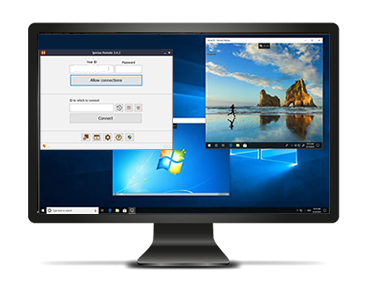

dump and restore do not require it when you pass them your options. Notice how I left out the -? This is actually fine.

Here is an example of a full backup of a few key configuration directories on my Debian desktop: dump 0f /root/configs.dump /etc/default /etc/network To backup only part or parts of a filesystem, pass dump a list of directories you wish to backup. There is a catch– with a partial backup, you are limited to dump level 0. Use a - for standard output.Īs mentioned earlier, you are not limited to backing up a whole filesystem, you can backup subdirectories that you specify. The path to the file to write the dump to. This file is read when performing incremental or differential backups to determine which files need to be included. This instructs dump to update /var/lib/dumpdates with the time, source, and level of this backup. OptionĪn integer that is part of the options is used as the dump level. The following table describes the meaning of the options. The example below demonstrates creating a full backup of /boot to the dump file /backups/boot.0. To create a full backup of a filesystem, create a level 0 dump.

In practice you will probably at least specify the output file. You can specify a block device if it contains an ext2/3/4 filesystem.Īs you can see, the only mandatory argument is what you want to backup. Files to Dump – The path to the file(s) or directory(ies) you wish to backup.If no file is specified, dump tries to use /dev/tape This can be a regular file, device file, or a - for standard output. Destination File – The path to the file to write the backup to.The default is a level 0, or full backup. Dump Level – The dump level is an integer used to determine whether it is a full, differential, or incremental backup.In most cases, it needs the following three things: When writing to removable media, it can span multiple volumesīackups are created with the dump command.Can read from and write to standard input and standard ouput.Support for full, differential, and incremental backups.While they aren’t always installed by default, the programs dump and restore are great tools for backing up and restoring ext4 filesystems.


 0 kommentar(er)
0 kommentar(er)
